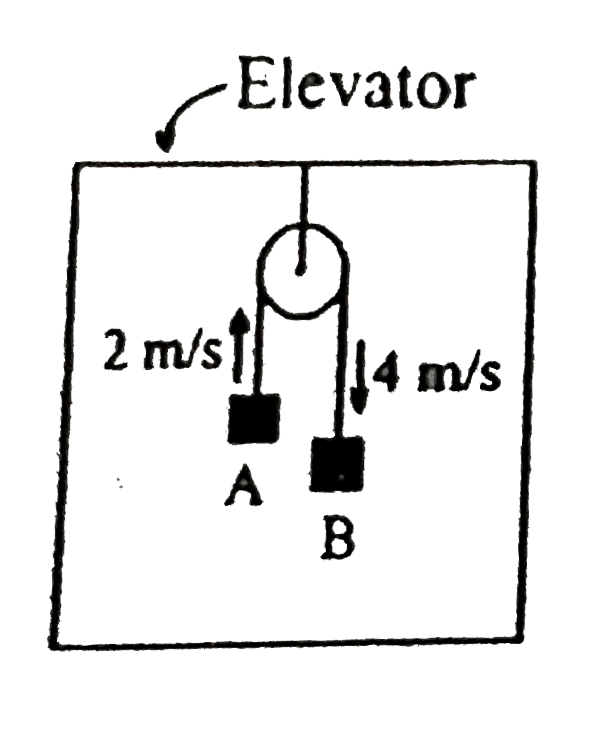For an ideal liquid : (More than one option may be correct)
the bulk modulus is infinite
the bulk modulus is zero
the shear modulus is infinite
the shear modulus is zero
Ideal liquid does not compress easily ∆V = 0 so β & α. A liquid cannot sustain tangential force i.e. strain is infinite for a shear stress Hence G = 0.
Topper's Solved these Questions
- PROPERTIES OF MATTERBOOK - CBSE COMPLEMENTARY MATERIALCHAPTER - PROPERTIES OF MATTEREXERCISE - NUMERICALS
23 Videos
- NEWTON'S LAWS OF MOTIONBOOK - CBSE COMPLEMENTARY MATERIALCHAPTER - NEWTON'S LAWS OF MOTIONEXERCISE - Laws Of Motion
20 Videos
- ROTATIONAL MOTION BOOK - CBSE COMPLEMENTARY MATERIALCHAPTER - ROTATIONAL MOTION EXERCISE - MULTIPLE CHOICE QUESTIONS
20 Videos
Similar Questions
In the searle's experiment, after every step of loading, why should we wait for two minutes before taking the reading?( More than one options may be correct).
View SolutionIn the searle's experiment, after every step of loading, why should we wait for two minutes before taking the reading?( More than one options may be correct).
View Solution
Knowledge Check
In the searle's experiment, after every step of loading, why should we wait for two minutes before taking the reading?( More than one options may be correct).
ASo that the wire can have its desired change in length.BSo that the wire can attain room temperature.CSo that vertical oscillations can get subsided.DSo that the wire has no change in its radius.For an ideal solution, the correct option is
AΔmixG=0 at constant T and PBΔmixS=0 at constant T and PCΔmixV≠0 at constant T and PDΔmixH=0 at constant T and PFor an ideal solution, the correct option is:
A△mixG=0 at constant T and PB△mixS=0 at constant T and PC△mixV≠0 at constant T and PD△mixH=0 at constant T and P
On LHS certain observations regarding a moving elevator are given. On RHS possible deductions about motion of elevator are given. More than one option may be correct

View SolutionChoose the correct option(s)
View SolutionVernier constant is the (One or more than one correct option may be correct )
View SolutionDiffusion rates are affected by :
(a) Pressure
(b) Temperature
(c) Concentration gradient
(d) More than one option is correct
View SolutionVernier constant is the (One or more than one correct option may be correct option may be correct):
View Solution
